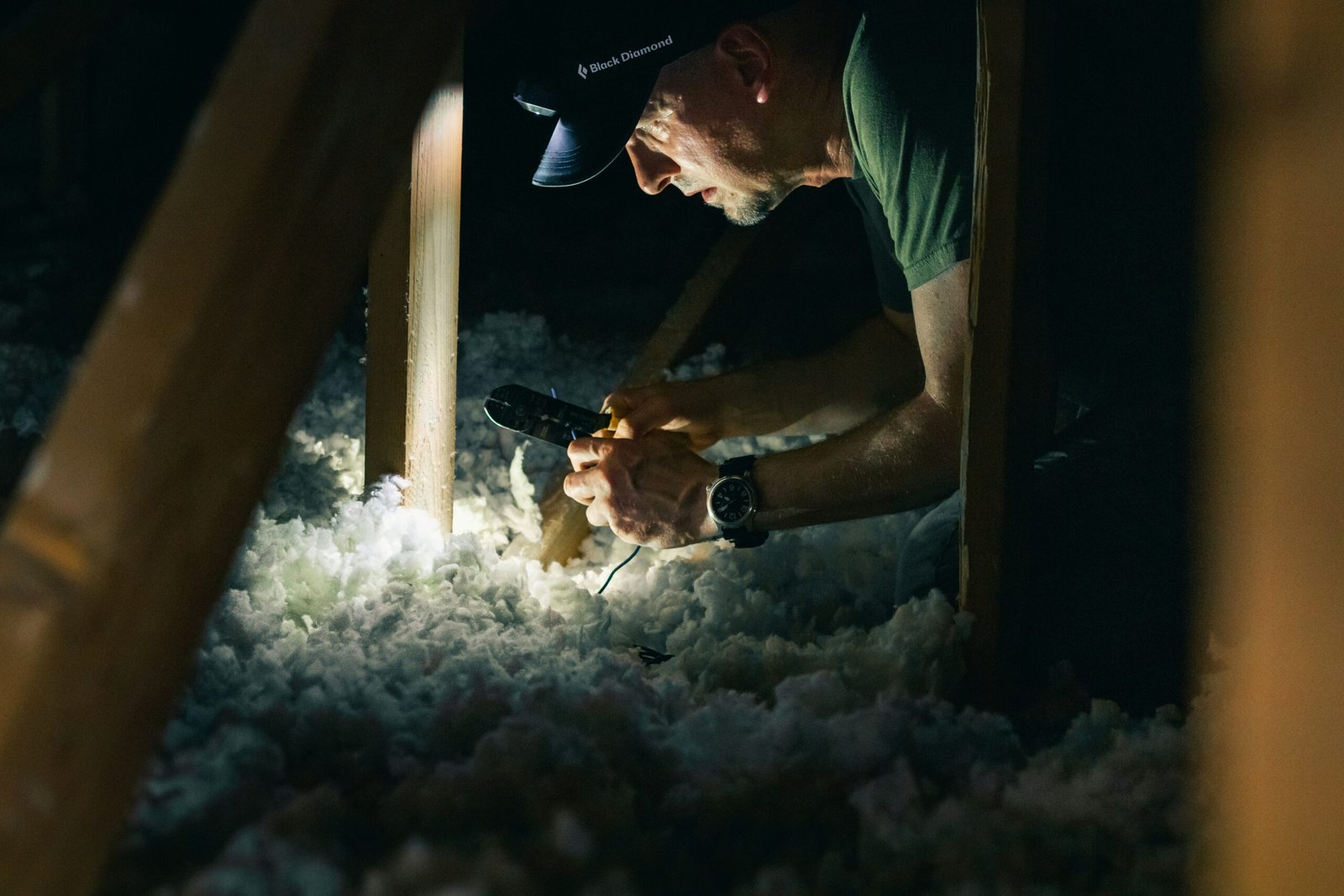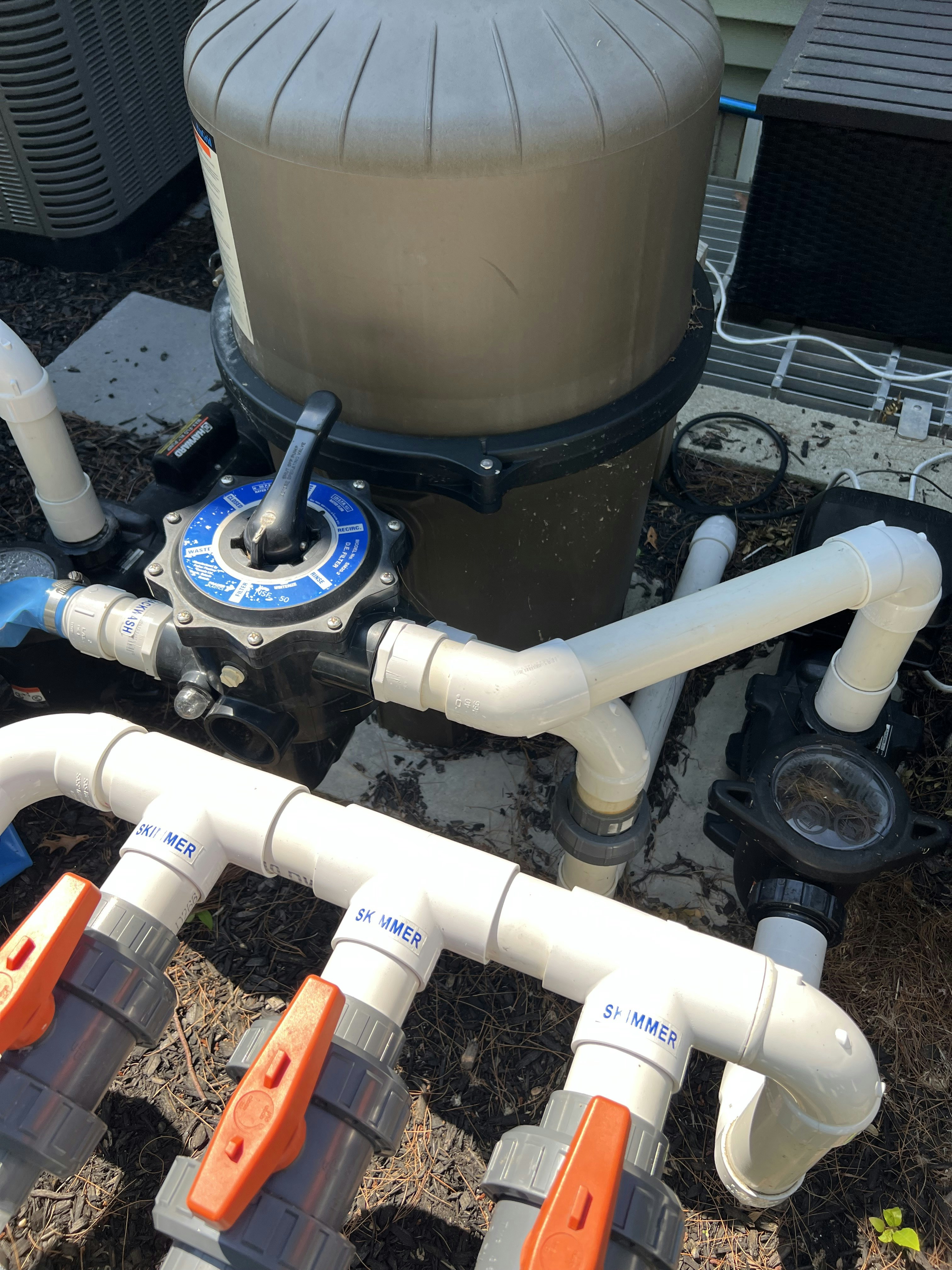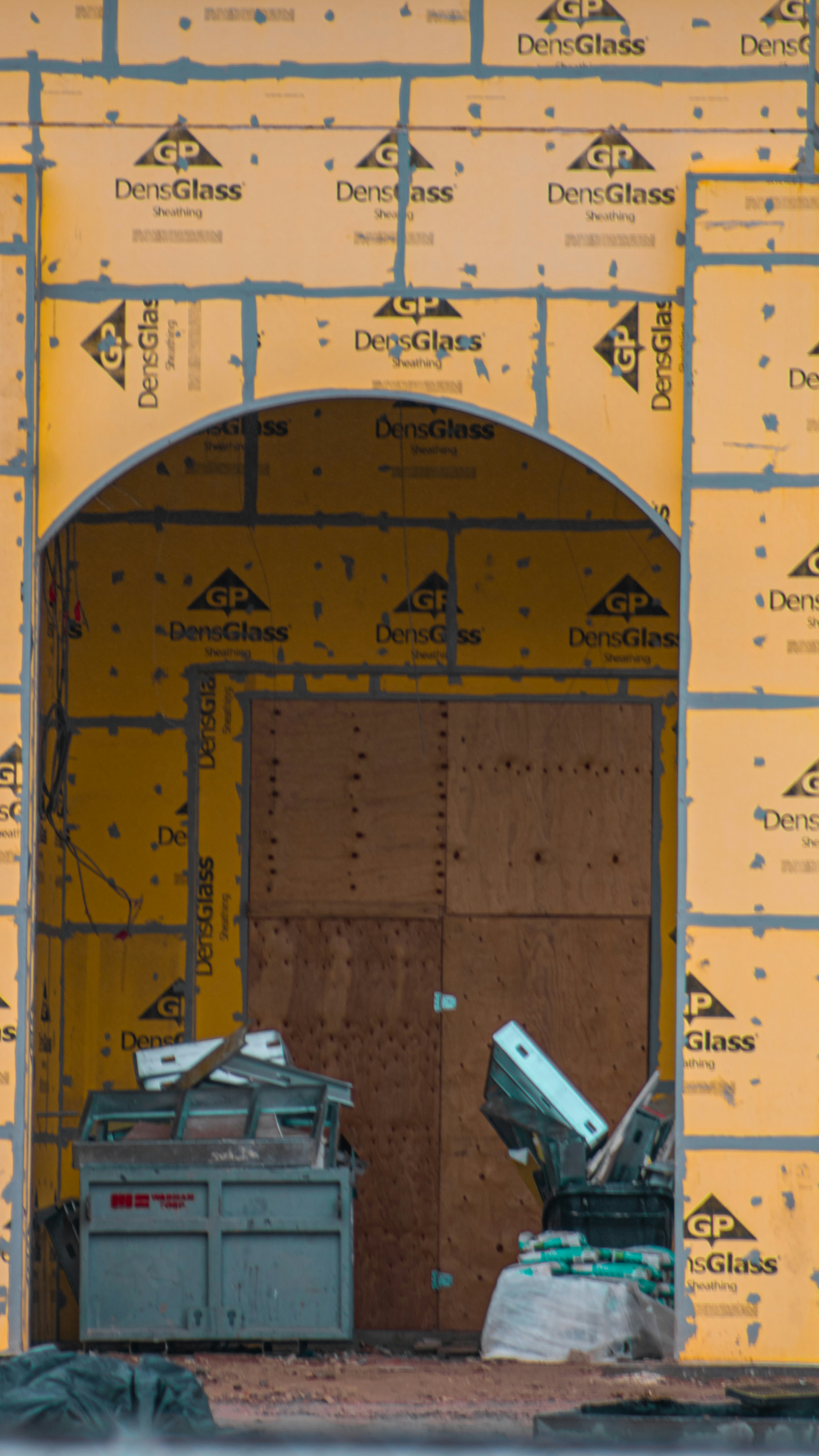Understanding the Importance of Insulation
Insulation plays a pivotal role in maintaining the energy efficiency and comfort of a home, particularly in the Midwest, where fluctuating temperatures can pose significant challenges. The climate in this region is characterized by harsh, cold winters and hot, humid summers, making effective insulation critical to regulate indoor temperatures. Without adequate insulation, energy consumption can surge, leading to increased heating and cooling costs, as energy escapes through improperly insulated areas, particularly attics.
Proper insulation acts as a barrier, preventing heat loss during winter and minimizing heat gain in summer. This thermoregulatory function not only enhances individual comfort levels within the home but also contributes positively to overall energy efficiency. Houses with proper insulation can significantly lower their energy bills, as less energy is required to maintain a comfortable indoor environment. This is especially important in the Midwest, where residents may utilize heating systems for prolonged periods and air conditioning in the warmer months.
In addition to cost savings, insulation contributes to a home’s environmental impact. By reducing energy use, homes can lower their carbon footprint, thereby promoting sustainability. This is increasingly important for homeowners seeking to decrease their reliance on fossil fuels and minimize greenhouse gas emissions. Improved insulation can also enhance a home’s resale value, making it an attractive option for potential buyers who value energy-efficient features.
Given the climatic challenges faced by Midwest homeowners, investing in quality insulation is not just a matter of comfort or cost savings; it serves to foster a more sustainable living environment and contributes to long-term energy conservation. Therefore, understanding the necessity and benefits of insulation is essential for homeowners aiming to enhance their indoor climate while minimizing energy expenses.
Fiberglass Insulation: The Versatile Choice
Fiberglass insulation is a widely utilized option for attic spaces, particularly in the Midwest, due to its versatility and effectiveness. It is available in several forms, including batts, rolls, and loose-fill, making it suitable for a variety of installation needs. The R-value of fiberglass insulation typically ranges from R-2.9 to R-4.3 per inch, with a higher R-value indicating better thermal resistance. This means that selecting the appropriate type based on the specific R-value requirement of your attic is essential for optimal energy efficiency.
The ease of installation is one of fiberglass insulation’s primary advantages. Batts and rolls can often be placed between joists and rafters without requiring professional assistance, making them a popular choice for DIY projects. Loose-fill fiberglass, on the other hand, is ideal for filling irregular spaces and can be blown into the attic using specialized equipment. Depending on local regulations and building codes, this seamless installation process can lead to substantial energy savings over time.
Cost-effectiveness is another important aspect of fiberglass insulation. The material itself tends to be more affordable than alternatives such as spray foam or cellulose. However, while fiberglass offers significant insulation benefits, it also has some drawbacks. It is essential to manage moisture levels properly since fiberglass can be affected by water, leading to reduced performance. Proper sealing of air leaks in the attic space before installation is crucial to maximizing the insulation’s efficiency.
In summary, fiberglass insulation presents a versatile, cost-effective solution for insulating attics in the Midwest. With multiple installation options and decent R-values, it adapts well to varying attic configurations. When optimally installed, it can contribute significantly to a home’s energy efficiency while maintaining comfort throughout the seasons.
Spray Foam Insulation: A High-Performance Option
Spray foam insulation is a leading choice for attics, particularly in the Midwest, due to its exceptional energy efficiency and performance. It comes in two primary formulations: open-cell and closed-cell foam, each tailored to different insulation needs.
Open-cell spray foam is characterized by its lower density and a sponge-like texture. It is particularly effective in providing soundproofing benefits and is often used in less severe climates where moisture retention is manageable. This type of insulation is also cost-effective and provides an excellent adhesion to various substrates, enabling easy application across various attic shapes and sizes.
On the other hand, closed-cell spray foam is denser and more rigid, creating a strong barrier against both air and moisture infiltration. This makes it particularly suitable for regions experiencing extreme weather conditions, as it also contributes to the structural integrity of the building. Closed-cell foam is ideal for keeping attics dry and minimizing energy loss, making it an excellent option for homeowners seeking significant energy savings.
Among the notable benefits of spray foam insulation are superior air sealing capabilities. This type significantly reduces air leakage, leading to consistent indoor temperatures and lower energy expenses. Additionally, it offers moisture control, protecting against mold and mildew, which is crucial in the Midwest’s fluctuating climate. However, potential drawbacks include higher up-front costs and the necessity for professional installation, given the complexity of applying spray foam properly.
Maintainability also requires consideration, as while spray foam does have a long lifespan, it may not be suitable for all scenarios and could necessitate specialized repair techniques if damaged. In conclusion, when evaluating insulation types for your attic, spray foam offers high performance with the right application and maintenance considerations.
Cellulose Insulation: The Eco-Friendly Choice
Cellulose insulation is increasingly recognized as an environmentally friendly choice for homeowners looking to enhance their attic’s energy efficiency. Made predominantly from recycled paper products, such as newspapers and cardboard, cellulose insulation stands out for its sustainable composition. This renewable material not only helps in reducing landfill waste but also provides robust thermal performance, making it an ideal option for the Midwest’s climate, characterized by significant seasonal temperature variations.
One of the noteworthy benefits of cellulose insulation is its impressive R-value, which typically ranges between 3.2 and 3.8 per inch. This high R-value facilitates effective thermal resistance, keeping homes warmer during cold winters and cooler in hot summers. Additionally, its dense composition contributes to exceptional sound dampening qualities, minimizing noise transfer between living spaces and ensuring a tranquil indoor environment.
Pest resistance is another significant advantage of cellulose insulation. Manufacturers typically treat cellulose with a pest-repellent additive, which deters rodents and insects from nesting within the insulation material. This treatment enhances the longevity and effectiveness of the insulation, making it suitable for long-term use in residential applications.
Installation methods for cellulose insulation include both dense-pack and loose-fill techniques. In the dense-pack method, cellulose is installed at high density to minimize settling and improve thermal performance. The loose-fill approach, on the other hand, allows for easier application in hard-to-reach areas, yet requires specific techniques to ensure adequate coverage and performance. Regardless of the method, it is crucial to maintain proper ventilation in the attic to prevent moisture accumulation, which could degrade the insulation’s efficiency over time.
In conclusion, cellulose insulation offers a blend of environmental responsibility, thermal efficiency, soundproofing capabilities, and pest resistance, making it a compelling choice for homeowners in the Midwest. By opting for this eco-friendly solution, homeowners not only invest in their comfort but also contribute positively to the environment.
If you’re interested in purchasing the item you seek, please click the link for additional details: #americanachoice.
https://amzn.to/3SBN3Oy
AFFILIATE DISCLOSURE: I am an affiliate for this company, I am not a paid employee.
I may receive a commission if you click a link on this page and choose to purchase something.
You can rest assured I will only share things I believe in and will be valuable to you.



